The Enigmatic World of Feline Behavior
Cats have long captivated humans with their mysterious and often quirky behavior. One of the most intriguing habits observed in our feline friends is their inexplicable love for boxes and tight spaces. These behaviors are not just random acts; they are deeply ingrained instincts that have been honed over thousands of years. Understanding these peculiar habits can offer insights into the fascinating world of cats, making us appreciate their unique nature even more.
The Comfort of a Box
When a cat finds a box, it’s like discovering a cozy little hideaway. The enclosed space provides a sense of security, much like a fortress. Cats are naturally drawn to areas where they can feel protected from potential threats. In a box, they can watch the world go by without feeling exposed. It’s similar to how humans feel comforted by the walls of their homes, offering a safe retreat from the outside world.
Boxes: A Perfect Fit for Play
Beyond security, boxes serve as the ultimate playground for cats. They can leap in and out, hide, and even ambush unsuspecting passersby. This playful behavior is essential for a cat’s mental and physical stimulation. The act of playing mimics hunting, which is an innate feline instinct. Just as children find endless joy in cardboard castles, cats see boxes as a realm of endless possibilities.
Tight Spaces and Their Allure
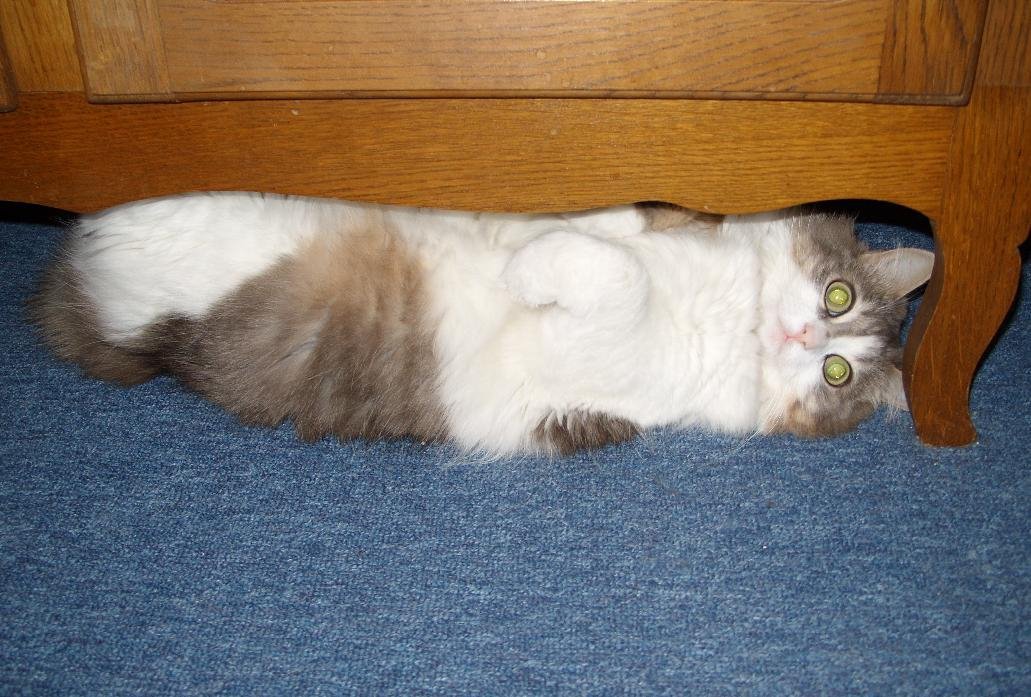
Cats’ fascination with tight spaces isn’t limited to boxes. They often squeeze into seemingly impossible nooks and crannies. This behavior is rooted in their ancestry. Wild cats, like leopards and cheetahs, often seek out tight spaces to rest or hide from predators. For domestic cats, these snug spots provide a similar sense of security and comfort, reminding them of their wild ancestors’ habits.
Temperature Regulation
Another reason cats gravitate towards confined spaces is temperature control. Small, enclosed areas help retain body heat, making them perfect for cats seeking warmth. This is especially true for short-haired breeds or during colder months. Like a warm blanket on a chilly day, these spaces help cats maintain their body temperature, ensuring they stay comfortable and cozy.
A Stress-Relief Sanctuary
Boxes and tight spaces also serve as stress-relief sanctuaries for cats. When overwhelmed, a cat might retreat to a box to escape the hustle and bustle of its environment. It’s their way of seeking solitude and calming themselves. This behavior is not unlike how humans might retreat to a quiet room or a favorite chair to unwind and de-stress.
The Hunting Instinct
A cat’s love for boxes can also be attributed to its natural hunting instincts. Boxes provide the perfect vantage point for an ambush. Cats can hide and pounce on toys—or even their human companions—when least expected. This behavior is a remnant from their wild ancestors, who would use stealth and surprise to catch their prey. It’s a playful reminder of their predatory nature.
The Curiosity Factor
Curiosity is a fundamental trait of cats, and boxes are the perfect embodiment of mystery. The unknown contents of a box can be irresistible to a cat. Just as humans might feel tempted to peek inside a gift-wrapped package, cats are driven by an innate desire to explore and investigate. This curiosity often leads to amusing and endearing antics that cat owners cherish.
Feline Flexibility
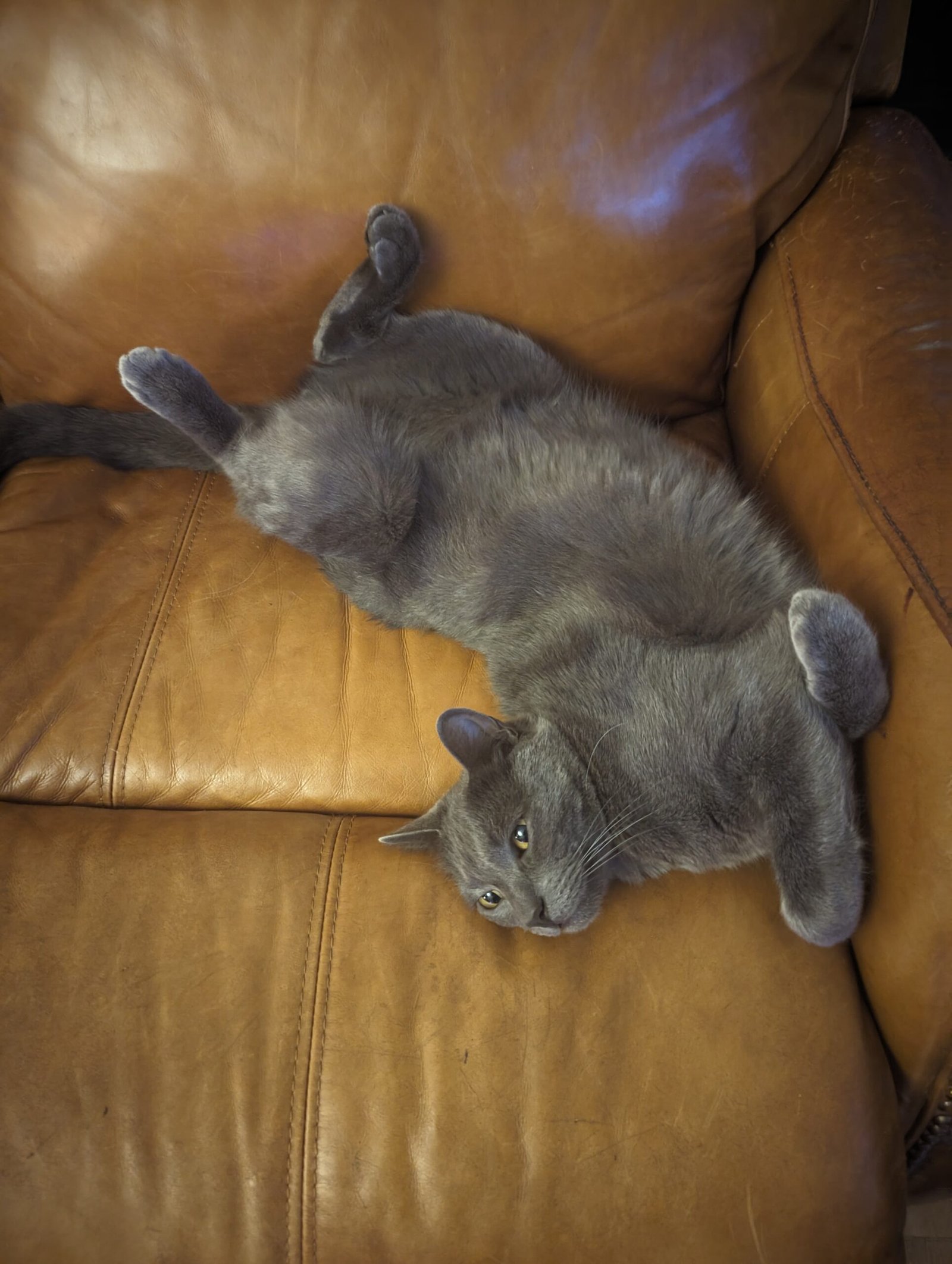
Cats are incredibly flexible creatures, which allows them to fit into tight spaces with ease. Their limber bodies can contort and twist, enabling them to squeeze into places that seem impossible. This flexibility is a testament to their adaptability and survival skills. It’s a reminder of their wild roots, where such agility was essential for navigating complex terrains and escaping predators.
Instinctual Behavior from Kittenhood
The love for boxes and tight spaces often starts in kittenhood. Young cats are naturally curious and eager to explore their surroundings. Boxes offer a safe space for them to play and learn about their environment. This early exposure can lead to a lifelong affinity for such spaces, as they associate them with fun, safety, and comfort.
The Role of Scent
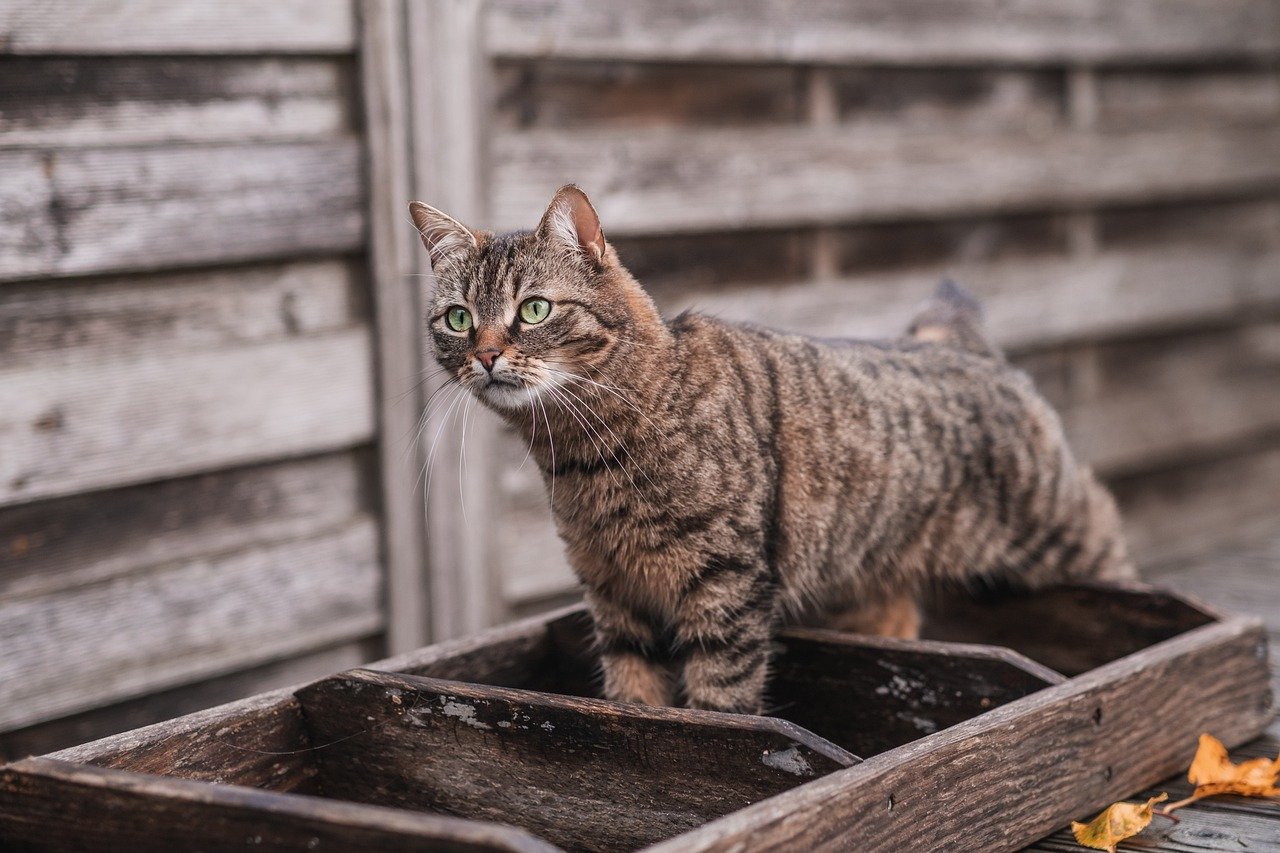
Cats have an acute sense of smell, and boxes often hold intriguing scents that pique their interest. New boxes can carry the scent of the materials they’re made from or the items they’ve previously contained. Familiar scents, on the other hand, offer comfort and reassurance. For cats, these olfactory cues can make boxes even more appealing, turning them into a sensory delight.
Personal Territory
Boxes provide cats with a personal territory, an important aspect of their behavior. In multi-cat households, each feline may claim its own box, establishing a hierarchy and reducing potential conflicts. This personal space allows cats to mark their territory with their scent, reinforcing their sense of ownership and security.
Heightened Awareness
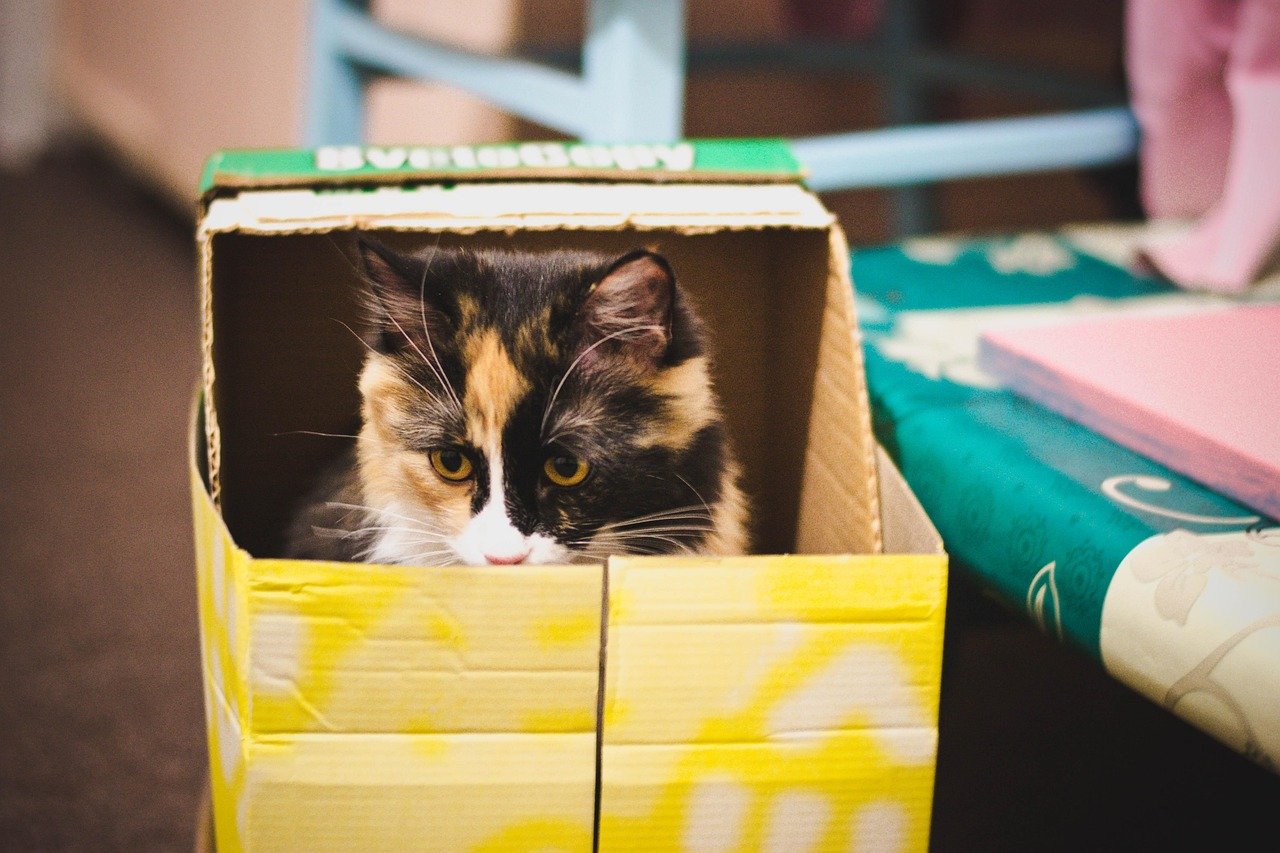
When inside a box, a cat’s senses are heightened. The confined space allows them to focus without distraction, making them more aware of their surroundings. This heightened awareness can be particularly beneficial in environments with multiple stimuli, as it helps them process information and react accordingly. It’s akin to how humans might retreat to a quiet place to concentrate better.
Boxes as Bonding Tools
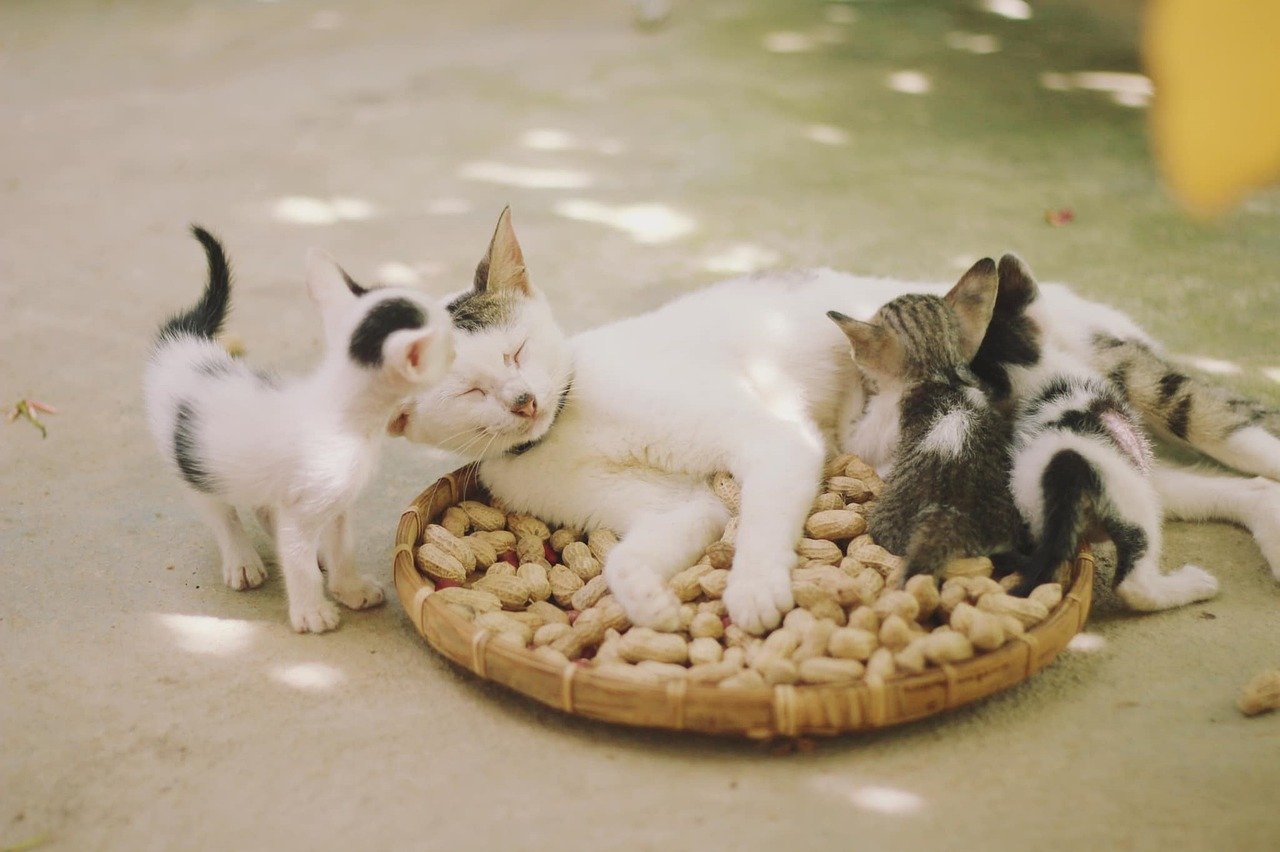
For cat owners, boxes can be excellent tools for bonding with their pets. Engaging with a cat in its box, whether through play or gentle petting, can strengthen the human-feline relationship. It’s a shared experience that builds trust and affection, creating cherished memories for both cat and owner.
The Joy of Observation
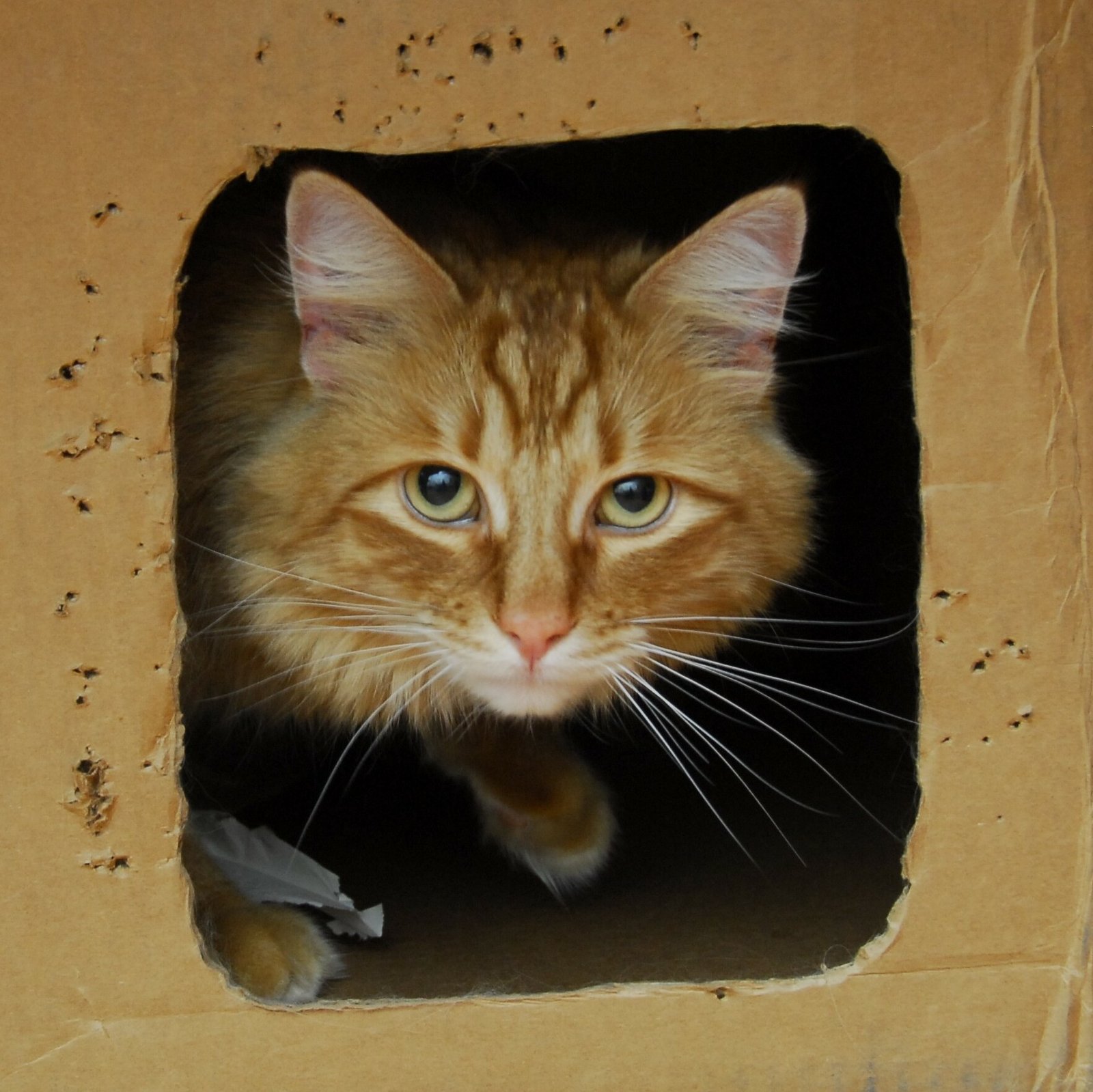
Cats often use boxes as observation points, allowing them to watch their environment from a hidden vantage. This behavior is reminiscent of their wild counterparts, who would observe potential prey from a concealed position. For domestic cats, this habit provides mental stimulation and keeps them entertained, much like how humans enjoy people-watching.
Instinctive Survival Mechanism
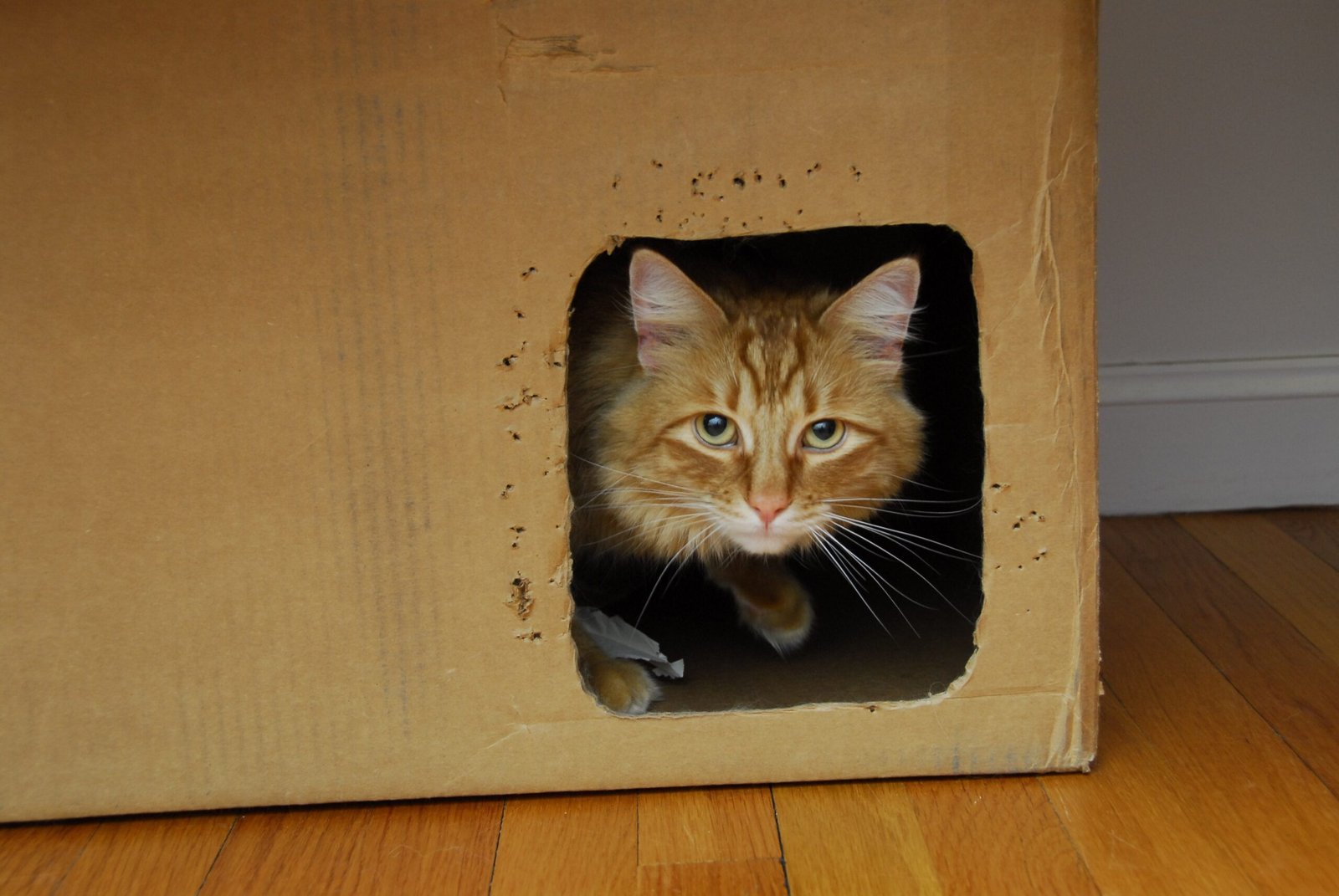
The love for boxes and tight spaces is also tied to a cat’s instinctive survival mechanisms. In the wild, finding a secure hiding spot can mean the difference between life and death. This instinct remains strong in domestic cats, even if they no longer face the same dangers. It’s a fascinating glimpse into the primal behaviors that continue to shape our feline companions.
Boxes as a Source of Independence
Cats are independent creatures, and boxes offer them a sense of autonomy. These spaces allow them to retreat and be alone when they choose, respecting their need for solitude. It’s similar to how humans value personal space and time alone to recharge. This independence is a core aspect of a cat’s personality, and boxes cater perfectly to this trait.
Boxes and Socialization
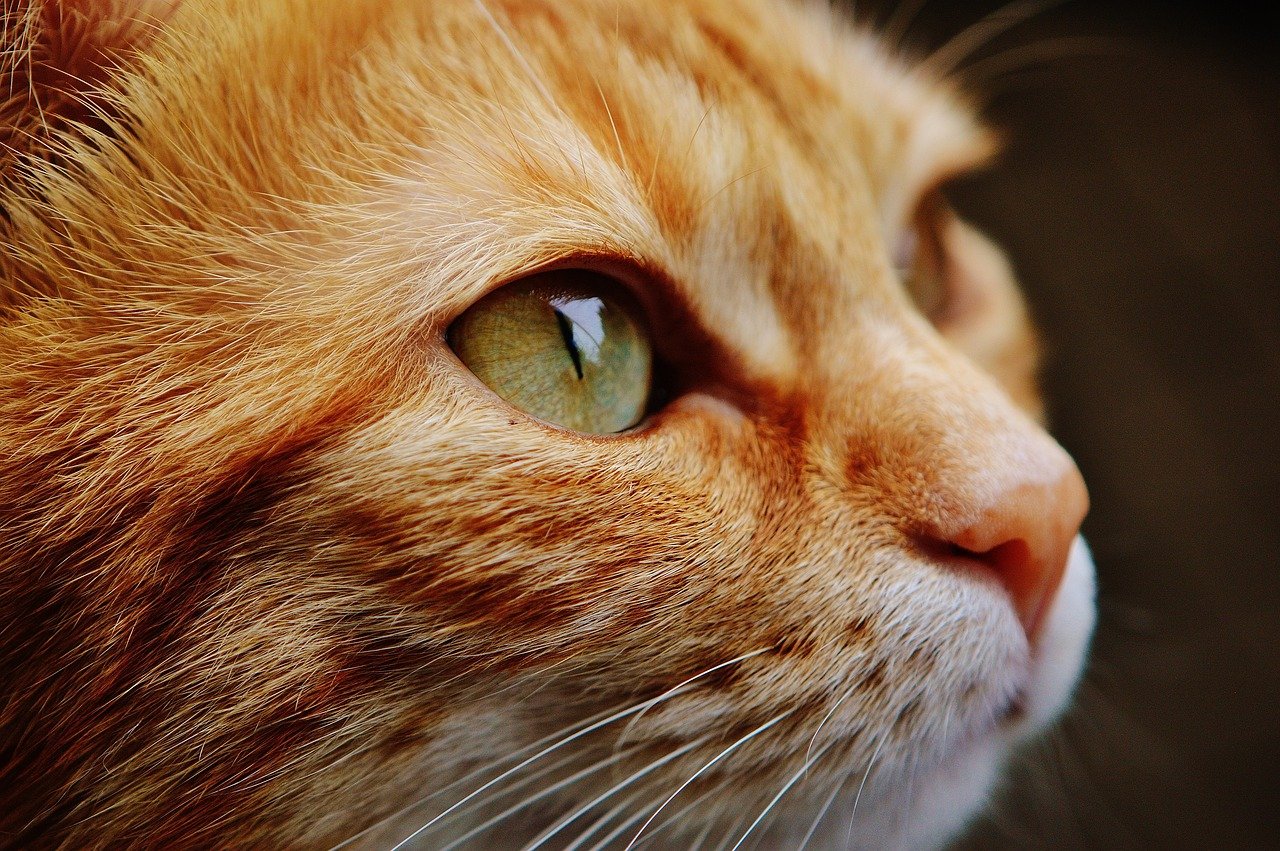
In multi-cat households, boxes can aid in socialization. Cats often share boxes, taking turns exploring and playing. This shared experience fosters positive interactions and can reduce territorial disputes. It’s a social dynamic that mirrors human group activities, where shared experiences strengthen bonds and cooperation.
Conclusion
In conclusion, the love cats have for boxes and other tight spaces is a blend of instinct, curiosity, and comfort. These behaviors are deeply rooted in their evolutionary past, serving as reminders of their wild heritage. For cat enthusiasts, understanding these habits offers a deeper appreciation for the unique and enigmatic world of felines. Whether it’s for play, security, or simply the joy of discovery, boxes will always hold a special place in the hearts of our beloved cats.
Hi, I’m Bola, a passionate writer and creative strategist with a knack for crafting compelling content that educates, inspires, and connects. Over the years, I’ve honed my skills across various writing fields, including content creation, copywriting, online course development, and video scriptwriting.
When I’m not at my desk, you’ll find me exploring new ideas, reading books, or brainstorming creative ways to solve challenges. I believe that words have the power to transform, and I’m here to help you leverage that power for success.
Thanks for stopping by, Keep coming to this website to checkout new articles form me. You’d always love it!






